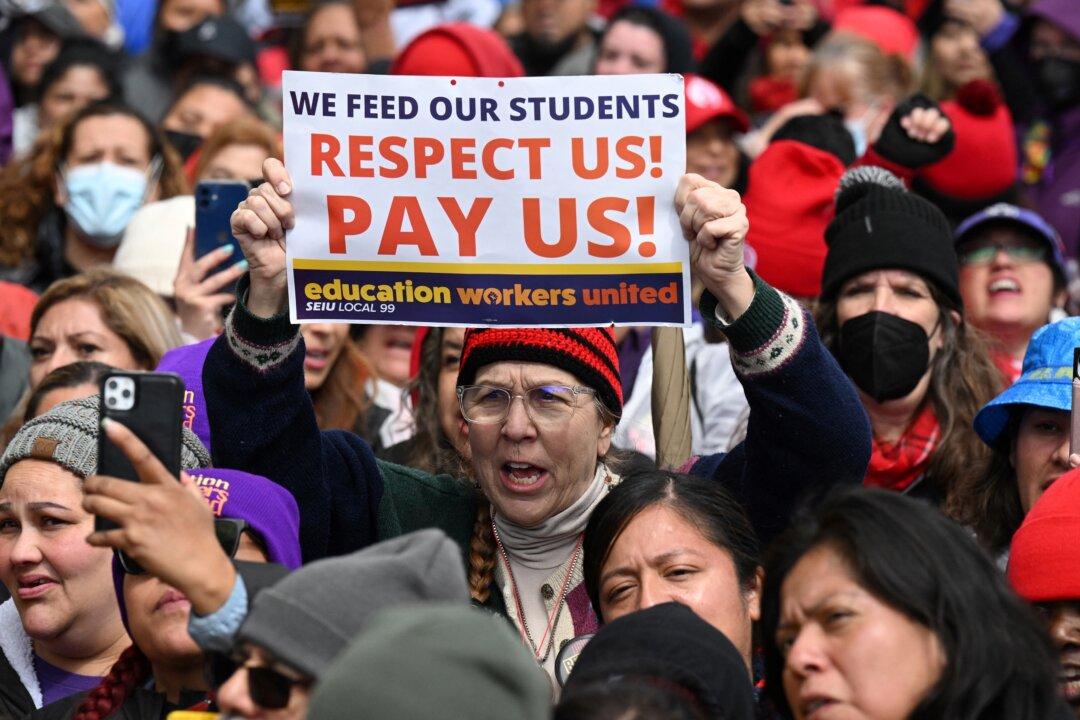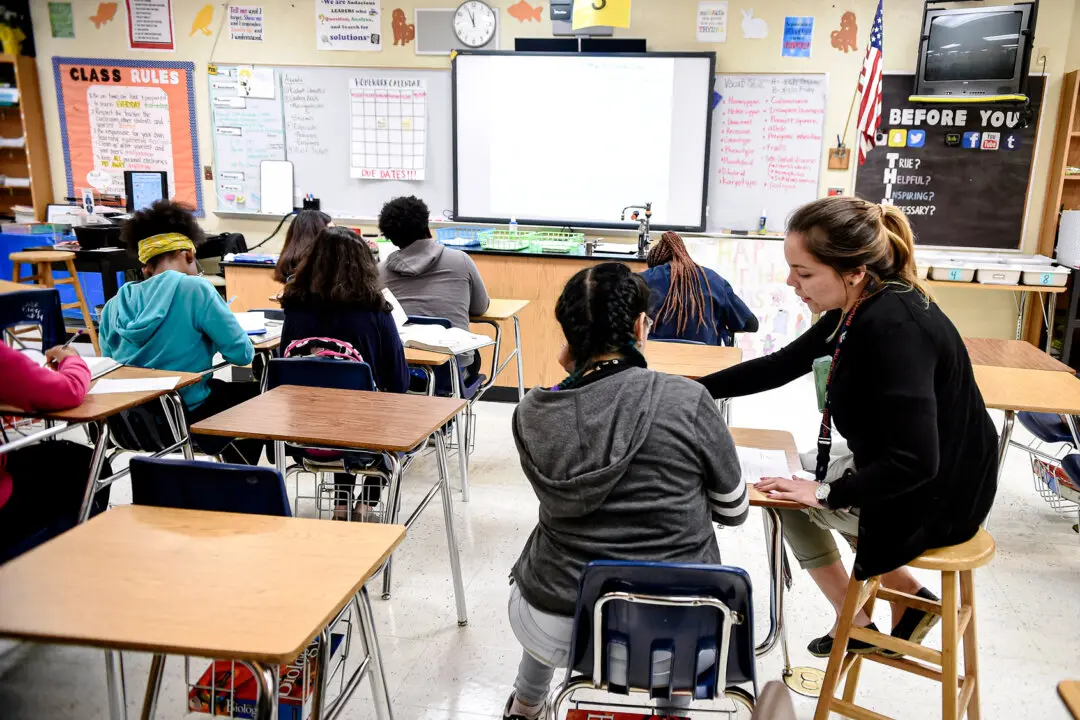Sen. Bernie Sanders (I-Vt.) proposed a $60,000 annual national minimum wage for teachers, sending the message that if you pay them, the results will come.
None of the legislators or witnesses who spoke at the Senate Health, Education, Labor, and Pensions Committee hearing on June 20 disputed the assertion that increased pay is a solution for recruiting and retaining certified teachers during an unprecedented shortage of qualified educators across many states.





